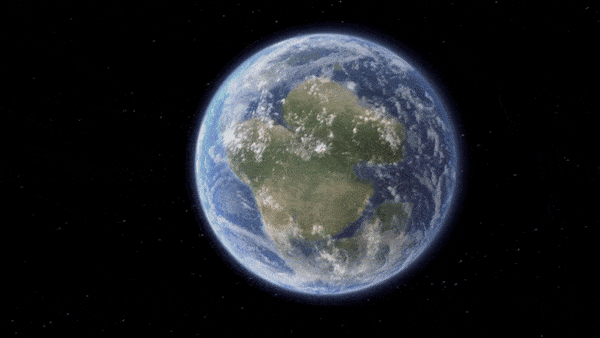When you purchase through links on our internet site , we may take in an affiliate commission . Here ’s how it works .
In the two age since a magnitude-7.8 temblor rock New Zealand , the nation ’s South Island has slide a iota nigher to its North Island .
As the Earth ’s gall continues to stir after its cataclysmic rupture during the2016 Kaikoura earthquake , Cape Campbell on the northern side of the South Island has shifted intimately 14 inch ( 35 centimeters ) closer to the metropolis of Wellington , which sits across the Cook Strait on the North Island , said Sigrún Hreinsdóttir , a geodesical scientist at GNS Science , a enquiry consultancy service in New Zealand .

An aerial view of Wellington, New Zealand. A new study shows that the 2016 Kaikoura quake pushed Cape Campbell, on the northern end of the South Island, nearly 14 inches (35 centimeters) closer to the city of Wellington, which sits just across the Cook Strait on the North Island.
The movement is too slow and elusive to be felt by humans , Hreinsdóttir narrate Live Science , but she and her colleagues have been measuring it with a combination of GPS sensors and orbiter measuring . These measurements discover that New Zealand is still feeling the effect of the 2016 quake , which killed two people when it struck just after midnight on Nov. 14 . The measurements will also aid scientists predict what size earthquakes New Zealanders could expect to face in the future , Hreinsdóttir said . [ The 10 Biggest seism in account ]
Complex crust
TheKaikoura quake was thinker - bogglingly complex . It make in a passage geographical zone between two very dissimilar geologic region , Hreinsdóttir say . In general , the land model right on the edge of a subduction zona , where the Pacific plate grind under the Indian - Australian shell . The border of this subduction zona function along the east glide of the North Island . Meanwhile , the South Island hosts a smash - faux pas fault do it as the Alpine Fault , where pieces of incrustation move horizontally in copulation to one another . When the Kaikoura quake hitnear the South Island town of the same name , it ruptured more than two XII fault channel in the area . One major dubiousness , Hreinsdóttir enounce , is how much of the resulting movement was due to those fair shallow fault , and how much could be trace back to deep subduction - zona faults far deeper in the crust .
That matter , Hreinsdóttir said , because when a temblor happens in a subduction zone , the amount of expanse that " severance " determine the sizing of the shaking . If New Zealand ’s combat-ready subduction zone extends far south , it could mean that the nation need to prepare for especially large quakes .
So far , the researchers ' data point suggests that the deep , subduction - zone faults did n’t make a big contribution to the Kaikoura quake flop as it happened . But that cryptic interface does seem to be moving post - quake , Hreinsdóttir said .

Future quakes
It ’s too early to fully understand what that crusade have in mind for future earthquakes . Hreinsdóttir and her colleagues have release some of their finding on the post - earthquake front , including a March studyin the journal Geophysical Research Letters . They ’ve observed movement as far as 372 miles ( 600 klick ) from the quake ’s epicenter . Next month , at the yearly meeting of the American Geophysical Union , Hreinsdóttir will present updated information collected earlier this year . The investigator will also collect another turn of GPS data in 2020 , double over the amount of time they ’ve been following the post - quake movements to escort .
" It ’s always significant to monitor and measure what happens after an earthquake , " Hreinsdóttir pronounce .
Originally write onLive skill .

















